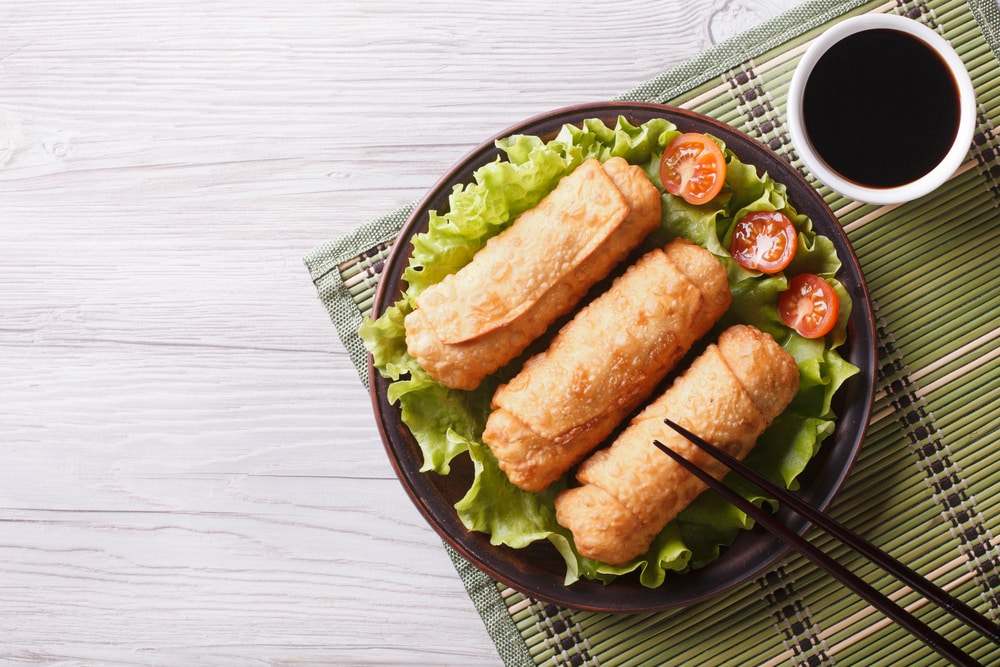
When it comes down to laying down the table spread, roll vs. bun is one of the most common debates because it’s hard to choose between one. In fact, some picky people also want to choose the one that complements their main dish. So, with this article, we are sharing everything you need to remember the differences between rolls and buns.
Bun vs Roll
Bun
A bun is known for its round and small form, but these buns are available in a variety of sizes and shapes. However, commonly, buns are available in the hand-sized and round configuration. In addition, buns are defined as the non-sweet and round rolls (the bread rolls, to be precise) and can be filled with savory fillings as well as hamburgers. Keep in mind that buns are called different names in different parts of the world.
This is because people in northern England and Northern Ireland call bun the round-shaped loaf of bread. As far as the making is concerned, buns are made with a combination of dough, butter, yeast, milk, and sugar (yes, sugar is added to bring in slight flavor). However, there are some sweet buns out there that are flavored with butter and sugar. In addition, some people also add eggs to the dough to result in a fluffy and rich texture.
When it comes down to the sweet buns, they are also flavored with a variety of nuts as well as fruits. In addition, the cream and/or jam filling also adds to the flavor. On the other hand, if we consider the regular buns, they are small and round pieces of bread, and they are cut in horizontal shape for holding the burger contents. It wouldn’t be wrong to say that buns are perfect for holding the meal, such as hotdog or hamburger.
The best thing about a bun is that they are extremely easy to find in supermarkets and grocery stores. Keep in mind that you’ve to check the manufacturing date as well as an expiration date to ensure the buns are fresh. As far as the applications are concerned, the buns are sliced to hold the burger contents, but many people serve them in uncut form with fried chicken.
Rolls
Rolls are quite similar to buns because the ingredients and cooking method are pretty the same. However, the rolls tend to be fancier as they are served at dinner tables (yes, even the five-star restaurants serve the rolls). The rolls can be made at home, and they are usually served with special meals, such as Thanksgiving or Christmas dinner. When it comes down to cooking, the roll is made with plain dough, and lard or margarine can be used to add moisture to the roll.
In the majority of cases, the rolls are served for complimenting the meal. To illustrate, it’s the round and small loaf of bread which is served as a meal side. The rolls can be layered with butter or can be eaten in plain form. As far as consumption is concerned, rolls can be served in whole as well as cut form. However, if cut, the rolls have to be dressed with various fillings between the halves (these fillings depend on your preferences).
For those who don’t know, rolls get their origin from England, and they would name the rolls according to the dough-making process, rolls’ size, and baking method. In fact, these rolls are called cob in the UK, Scotland, East Midlands, and Norfolk. The rolls are also used for making sandwiches because it’s sliced. In addition, there is a wide range of rolls out there. For instance, people in Europe use wheat flour for making rolls, but dark rolls are also available, which are made with rye flour.
In addition, there are various flavored rolls available in the market. These rolls are usually spruced up with cumin, nuts, and coriander. Also, they can be garnished with different seeds, including sunflower seeds, pumpkin seeds, poppy seeds, and sesame seeds. As far as the availability is concerned, the rolls are easy to find in large-scale grocery stores because they can be a bit expensive. To summarize, the rolls are pretty delicious and can complement a variety of dishes.